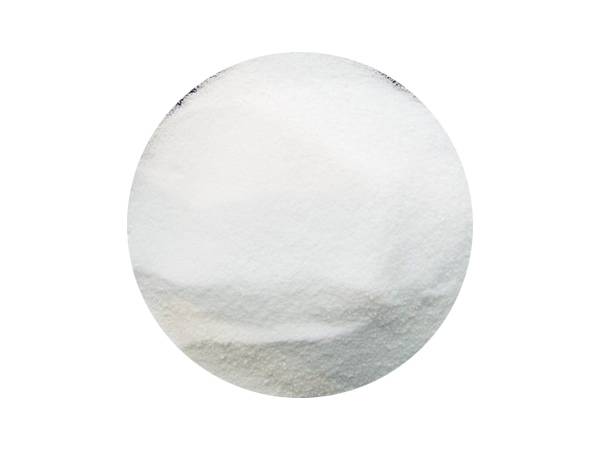



what chemical is used for water treatment
The Role of Chemicals in Water Treatment
Water is essential for life, and ensuring its purity and safety is a vital concern for public health. Water treatment processes are crucial for removing contaminants and making water safe for consumption. Various chemicals are used in these processes, each playing a specific role in maintaining water quality. Understanding these chemicals and their functions helps us appreciate the complexity of water treatment.
One of the most widely used chemicals in water treatment is chlorine. Chlorine is a powerful disinfectant that effectively kills bacteria, viruses, and other pathogens that can cause diseases. When added to water, chlorine reacts with organic compounds, leading to the formation of chloramines, which also have disinfectant properties. Chlorine is typically used in two forms elemental chlorine and sodium hypochlorite (liquid bleach). The choice of chlorine source depends on various factors, including the size of the treatment facility and the specific water characteristics.
While chlorine is effective in disinfecting water, it can produce harmful byproducts known as trihalomethanes (THMs) when it reacts with organic matter in the water. To mitigate this issue, water treatment facilities often employ activated carbon, a substance that can adsorb organic compounds and reduce THMs. The dual use of chlorine and activated carbon demonstrates the importance of balancing disinfection and water quality management.
Another crucial chemical used in water treatment is alum (aluminum sulfate). Alum serves as a coagulant, helping to clump together small particles and impurities in water, which can then be removed through sedimentation or filtration. This process is particularly important in treating turbid water, as it increases the clarity of the final product. Coagulation with alum is followed by flocculation, where the formed clumps (flocs) are allowed to settle out, leading to cleaner water.
what chemical is used for water treatment

Lime (calcium hydroxide) is another important reagent in water treatment, primarily used for softening hard water and adjusting pH levels. Hard water contains high concentrations of calcium and magnesium ions, which can lead to scaling in pipes and heating elements. By adding lime, these ions react and precipitate out of the water, making it softer. Furthermore, lime helps stabilize the water's pH, ensuring it remains within the desired range for safe consumption.
In addition to these, sodium bisulfite is often used to neutralize chlorine residuals after disinfection. This chemical reacts with any remaining chlorine in the water, making it safe prior to distribution. The use of sodium bisulfite ensures that the treated water does not pose any health risks due to chlorine exposure, especially for sensitive populations such as asthmatics.
Ozone is another powerful disinfectant, often used as an alternative to chlorine in water treatment. Ozone can effectively kill bacteria and viruses and also helps in the removal of odors and tastes from water. However, it is less stable than chlorine and must be generated onsite, making it more complex and sometimes more expensive to use. Nonetheless, its ability to reduce the formation of harmful byproducts makes it an attractive option for some treatment facilities.
Lastly, hydrogen peroxide is employed in some water treatment processes for its strong oxidation properties. It can help in degrading organic pollutants and can be combined with UV light in advanced oxidation processes to enhance disinfection efficacy.
In conclusion, a variety of chemicals play crucial roles in water treatment, each contributing to the overall goal of producing safe and clean drinking water. From disinfectants like chlorine and ozone to coagulants like alum and pH adjusters like lime, these chemicals work synergistically to remove contaminants, reduce microbial load, and ensure the safety of water for human consumption. The careful selection and application of these chemicals are essential for effective water treatment and the protection of public health.
-
Why Strontium Carbonate Still MattersNewsJun.06,2025
-
Why BaSO4 MattersNewsJun.06,2025
-
Why Barium Carbonate Still MattersNewsJun.06,2025
-
Strontium Hydroxide: A Versatile Compound for Modern ApplicationsNewsJun.06,2025
-
Strontium Chloride in Daily IndustryNewsJun.06,2025
-
Pure Potassium Nitrate for SaleNewsJun.06,2025
-
What Is Sodium Bisulfate Used For?NewsMay.15,2025










